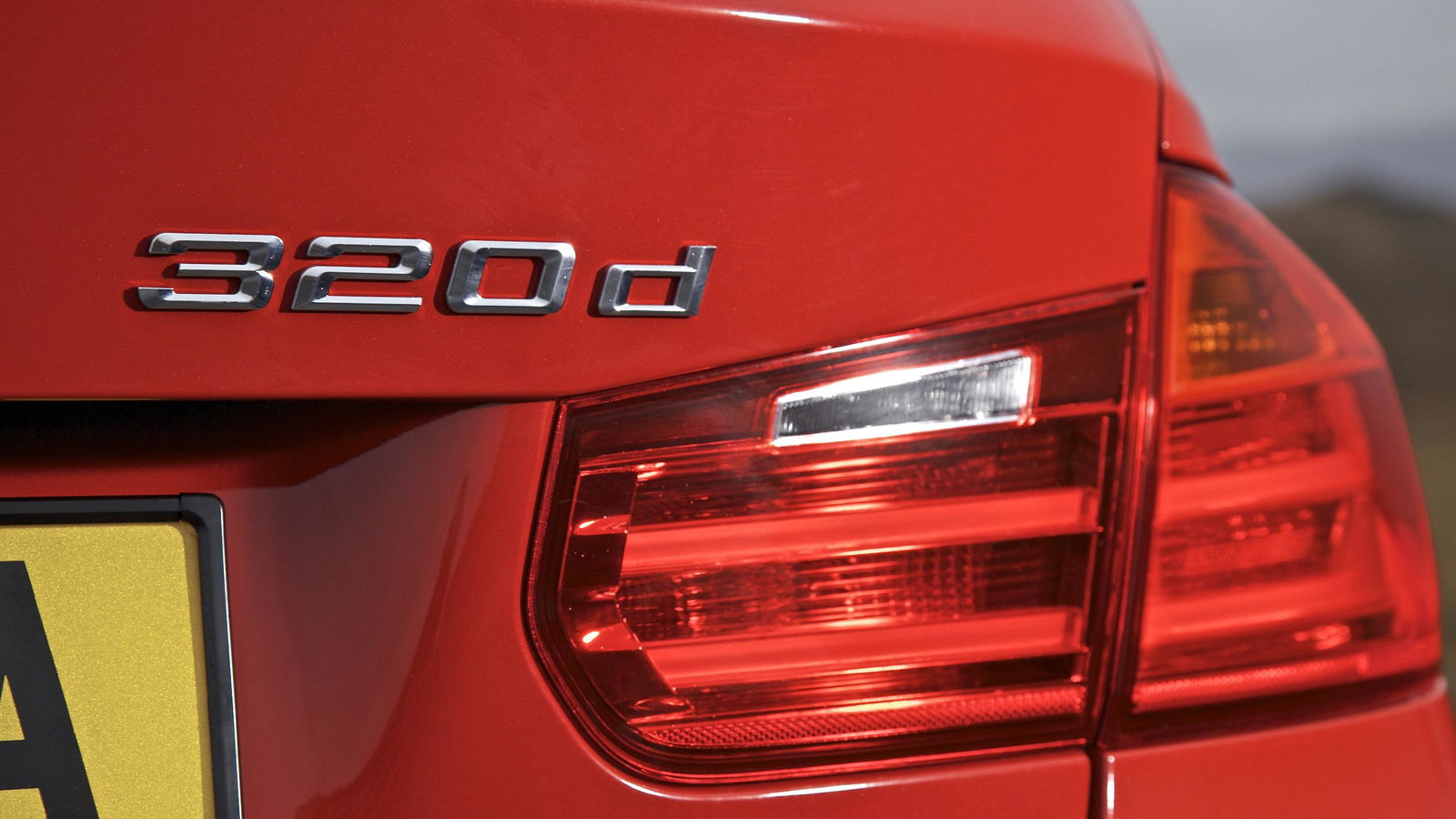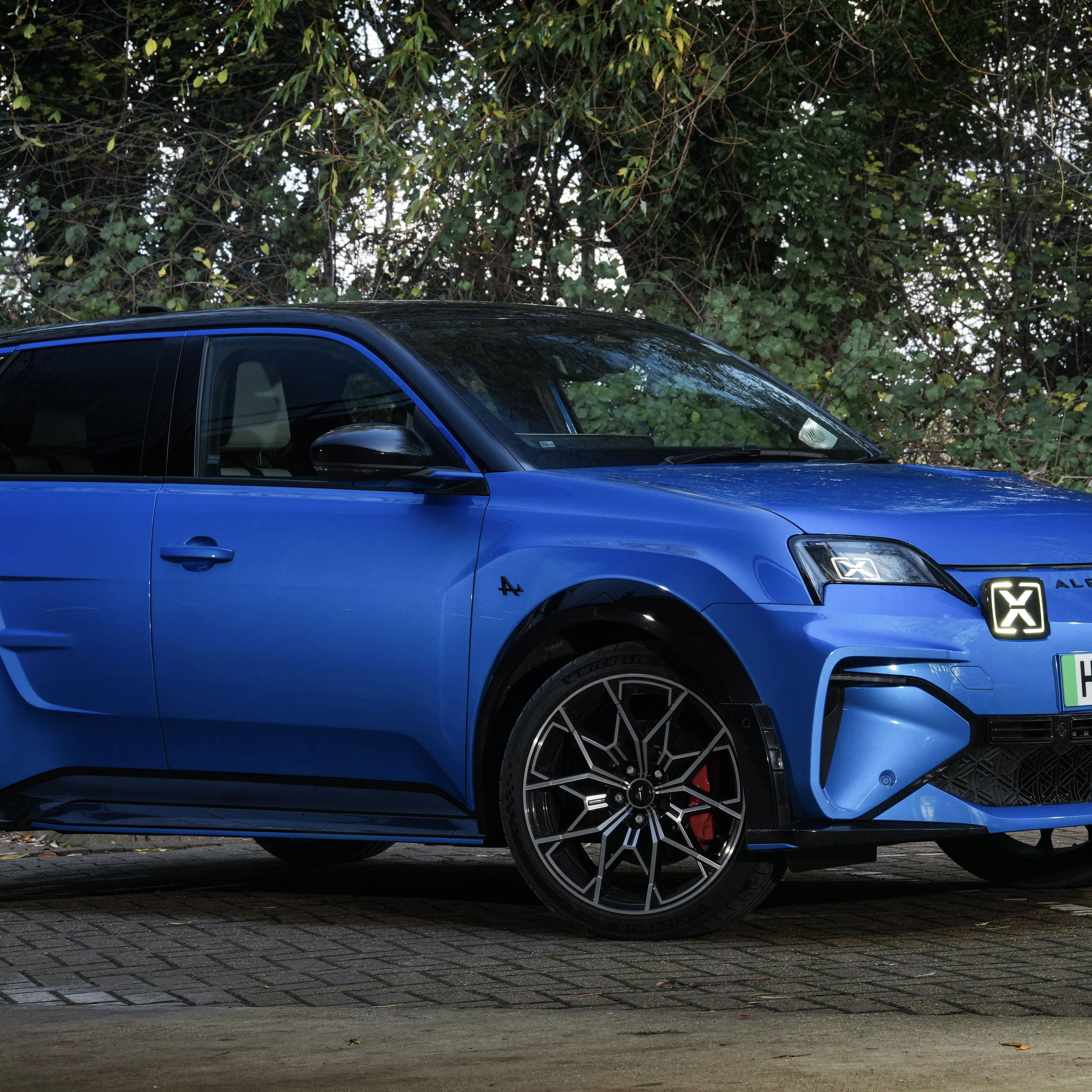Why People Should Stop Complaining About BMW's Model Naming System

Once upon a time, the last two digits of a BMW’s name usually (but not always) gave an indication of what size engine was under the bonnet. 320i? Well, that must be a 2.0-litre engine in there. 330i? A 3.0-litre, clearly. Now though, it’s no so easy, as for a large number of models, the numbers are no help whatsoever when it comes to determining capacity. The models with a 28i at the end, for instance, aren’t packing a 2.8-litre straight-six engine as they may have been in the past, but instead a turbocharged 2.0-litre four-pot.
This seems to get a lot of people angry. ‘Can’t BMW just go back to the old system?’ they’ll cry. ‘It made much more sense before’ they’ll moan. This puzzles me greatly, as it’s not really possible for BMW to bring back the old way of numbering its cars. And that’s all because of downsizing.

Like most manufacturers, rather than resorting to larger displacement engines for every bump up the range as it did in the past, BMW often relies on differing levels of turbocharging instead. Just take a look at the 2-series range: with the petrol cars, the 220i and 228i are both powered by 2.0-litre engines. We can’t have two 220s now, can we? The older system would be even more useless when it comes to the diesel range: all current UK 2-series oil burners are powered by 2.0-litre diesel engines with varying degrees of power, and they can’t all be called 220d…
It’s a similar issue with the 5-series, particularly with the bigger diesel engines. The 530d, 535d and even the M550d (the latter isn’t available in the UK) each have a 3.0-litre engine, putting out anything from 258bhp in the 530d to 375bhp in the triple-turbocharged M550d. The old system just doesn’t work with these models, so complaining about it is a waste of energy.
So, now that’s cleared up, we can focus our anger on something else that requires our collective fury. Rubbish car interiors, perhaps?















Comments